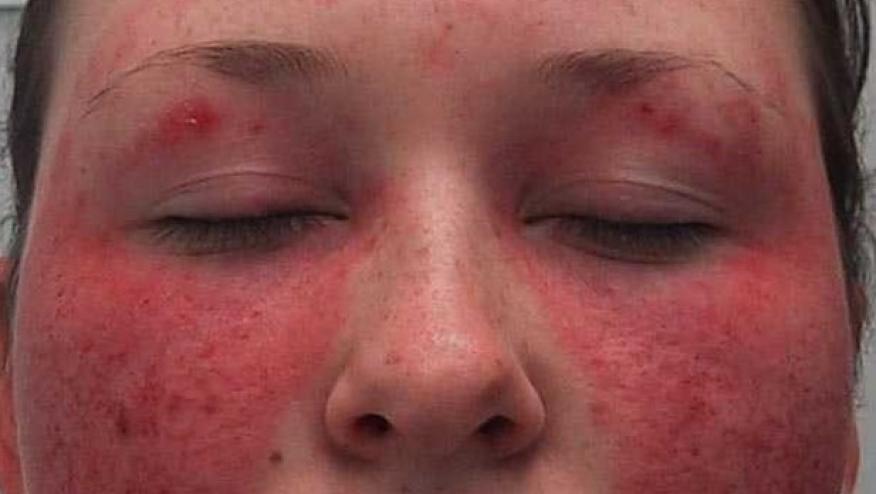Predictors of Remission and Low Disease Activity in SLE Save

A treat-to-target strategy has been shown to improve clinical outcomes in patients with rheumatic diseases like rheumatoid arthritis, psoriatic arthritis, ankylosing spondylitis including systemic lupus erythematosus. The goal of treatment in SLE is aimed at remission or low disease activity.
There exists a lack of a uniform definition for these treatment goals with SLE, but a recent systematic literature review has shown that achieving these states are associated with lower mortality, disease damage, and flares and better quality of life regardless of the definitions used.¹ However, predictive factors associated with remission and LDA remain unknown.
During the ACR Convergence 2021 poster sessions, Dr. Manuel Ugarte-Gil and his colleagues presented data on their study (abstract #1276) looking into the predictors of remission and LLDAS. They analyzed SLE patients from the SLICC cohort within an average of 5 months from diagnosis and an annual follow-up with at least 2 visits. The following outcomes were established - (1) Remission off treatment: SLEDAI-2K (excluding serology)=0, without prednisone and immunosuppressive drugs; (2) Remission on treatment: SLEDAI-2K (excluding serology)=0, prednisone <5mg/d and maintenance immunosuppressive drugs; (3) LLDAS: SLEDAI-2K ≤4, with no activity in major organ systems and no new lupus disease activity compared with the previous assessment. The first two were based on the 2017 DORIS definition while LLDAS was based on the Asia Pacific Lupus Consortium definition.
Remission off treatment was achieved in 29.5% (367/1243), remission off treatment in 63.2% (749/1185) and LLDAS in 72.4% (833/1151) of patients. Older age at diagnosis and antimalarial use during follow-up were associated with a higher probability of achieving these disease states while a non-Caucasian ethnicity (African in particular), higher SLEDAI-2K scores, longer disease duration at baseline and high doses of glucocorticoids early in the course of the disease were associated with a lower probability of achieving remission and low disease activity.
How do the findings of this study help us in managing our patients with SLE?
Systemic lupus erythematosus is a heterogenous disease and the approach to treatment should always be individualized. Antimalarials continue to remain an important drug in the treatment armamentarium while constant re-evaluation of glucocorticoid use should be considered. It goes without saying that timely referral and diagnosis increases the likelihood for early intervention strategies.
As lupus specialists, our ultimate goal is to control disease activity and prevent or minimize end-organ damage. Whether low disease activity or remission becomes the goal of treatment, knowledge of predictive factors described above can guide our treatment decisions and identify appropriate therapies that will benefit our patients.
References:
- Ugarte-Gil MF, Mendoza-Pinto C, Reátegui-Sokolova C, et al. Achieving remission or low disease activity is associated with better outcomes in patients with systemic lupus erythematosus: a systematic literature review. Lupus Science & Medicine 2021;8:e000542. doi: 10.1136/lupus-2021-000542










If you are a health practitioner, you may Login/Register to comment.
Due to the nature of these comment forums, only health practitioners are allowed to comment at this time.